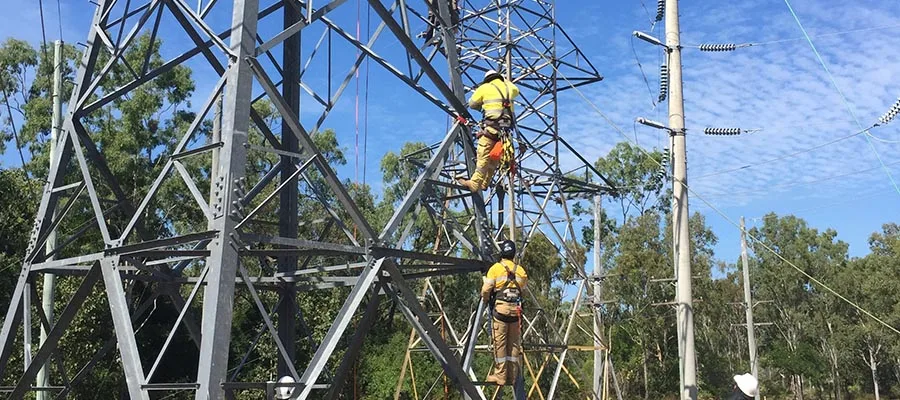
-
Course objectives
By the end of the course, the student will be able to:
Demonstrate knowledge of:
- Identification and assessment of hazards
- Capabilities and limitations of rescue equipment
- Casualty handling techniques
- Environmental hazards
- Manual handling techniques
- Organisational policies and procedures
- Procedures for reporting injuries and accidents
- Relevant legislative and regulatory requirements
- Safety precautions
- Select fall protection equipment, pre-use checks and operation
- Select appropriate rescue equipment, pre-use checks and operation
- Rescue team roles are appropriately selected
- Communication is maintained and clear throughout rescue exercises
- Establish and monitor anchors
- Assess and monitor the casualty
- Archer systems checks
- Record keeping
- Securing of incident scenes to preserve evidence
Demonstrate skills in the following:
- Complete a Safe Work Method Statement (SWMS)
- Use of a documented rescue plan
- Set up an exclusion zone
- Pre-use inspection of fall arrest equipment
- Select harness; properly fit the harness and perform buddy checks
- Correct rigging of anchorage straps
- Correct restraint techniques
- Correctly use an industrial rescue kit
- Clean-up work area
On successful completion students will be issued with:
Certificate of Attendance: Rescue Scenario Training
This course does not lead to a nationally recognised certificate -
Course assessment
Students will be assessed to determine their competency in this course practically.
The practical assessment will require students to participate in hazard identification discussion and the completion of a SWMS documentation; select, pre-use inspect, put on and correctly fit a full body harness; and height safety techniques in order to work safely at heights.
Ready to book or have an enquiry?
Our team will get in touch with you to discuss your specific needs and provide an obligation free quote. We tailor our Training to be specific to your needs.
Get a quesions?
Monday - Friday: 9:00am - 5:00pm, AEST
